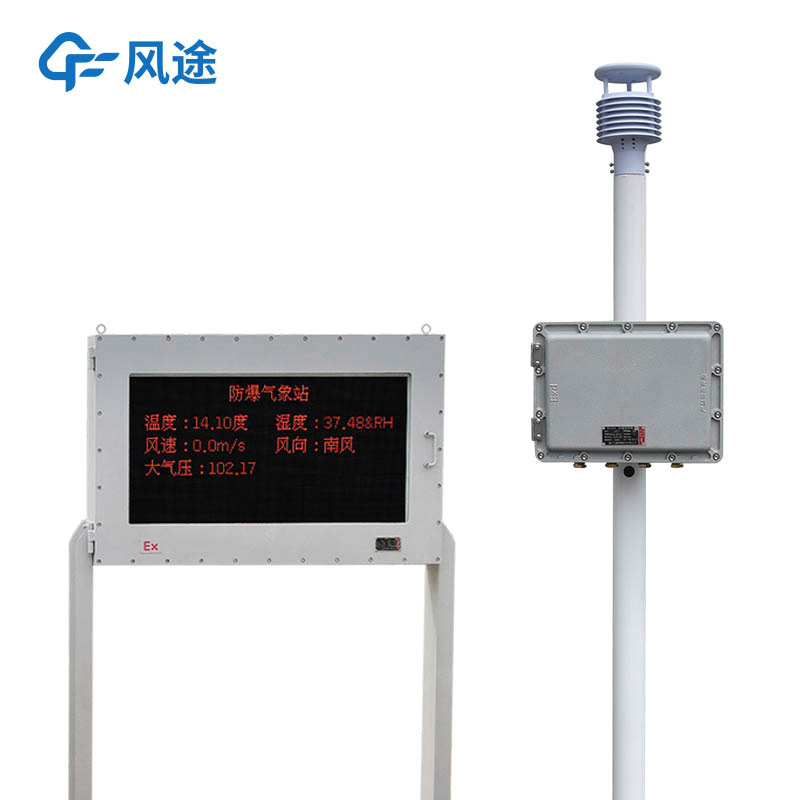Meteorological environment monitoring equipment supplier
Insist on doing high-precision customer favorite technology products
When a chemical industrial park is forced to suspend development due to accidents, it exposes not only loopholes in safety management but also the lack of systematic risk prevention and control. As a part of the environmental monitoring system, the Industrial Weather Station can provide important support for the construction of the park and the establishment of a long-term safety management mechanism by integrating meteorological data with chemical production needs.
Real-time Meteorological Data Acquisition
The weather station continuously collects real-time data on meteorological elements such as wind speed, wind direction, temperature, humidity, and air pressure. In the construction of a long-term mechanism, these data can be deeply integrated into the risk early warning system. For example, in chemical production involving volatile organic compounds (VOCs) emissions, wind direction and speed data monitored by the weather station help predict the diffusion path of pollutants, issuing early warnings to potentially affected areas in advance to avoid secondary hazards caused by meteorological conditions. Meanwhile, temperature and humidity data, combined with the storage conditions of chemical raw materials, enable dynamic assessment of warehouse storage safety, promptly identifying risks such as chemical deterioration or spontaneous combustion caused by abnormal temperature and humidity.
Critical Support for Emergency Management
At the emergency management level, data from the weather station provides key decision-making basis for accident rescue. During an accident, real-time updated meteorological information assists rescue teams in judging the fire spread direction and the diffusion range of toxic gases, thus scientifically formulating rescue routes and evacuation plans. Based on the long-term accumulated meteorological data of the weather station, the park can carry out disaster risk assessments, simulate the occurrence probability and impact scope of accidents under different meteorological conditions, improve emergency plans in a targeted manner, and regularly organize joint drills of multiple departments to enhance emergency response capabilities.
Reference for Park Planning and Construction
In the park planning and construction stage, historical data from the weather station can also serve as an important reference for site selection and functional zoning. By analyzing regional meteorological conditions, the layout of high-risk chemical devices can be reasonably planned to avoid setting up inflammable, explosive, toxic, and hazardous production links in areas vulnerable to extreme weather or areas unsuitable for pollutant diffusion. Meanwhile, the integration of meteorological data with the park's safety monitoring system enables dynamic safety management of the entire production process, promoting the park's transformation from passive accident response to active risk prevention.
Building a Comprehensive Safety Management Mechanism
The Industrial Weather Station, by playing roles in data monitoring, risk early warning, emergency assistance, and planning support, works in coordination with other safety management measures in the park to build a comprehensive and multi-level long-term safety management mechanism.
